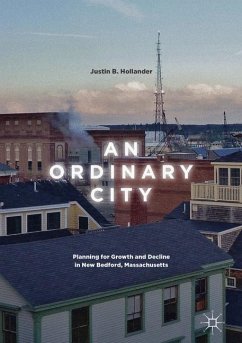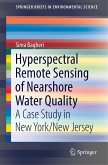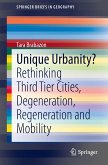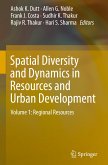This book paints an intimate portrait of an overlooked kind of city that neither grows nor declines drastically. In fact, New Bedford, Massachusetts represents an entire category of cities that escape mainstream urban studies' more customary attention to global cities (New York), booming cities (Atlanta), and shrinking cities (Flint). New Bedford-style ordinary cities are none of these, they neither grow nor decline drastically, but in their inconspicuousness, they account for a vast majority of all cities. Given the complexities of growth and decline, both temporarily and spatially, how does a city manage change and physically adapt to growth and decline? This book offers an answer through a detailed analysis of the politics, environment, planning strategies, and history of New Bedford.
"This text balances historical and archival research with interviews and fieldwork in its exploration of three New Bedford neighborhoods. These multiple forms of data enrich the work, offering a comprehensive analysis of the factors that lead to decline and those that helped manage it. ... Summing Up: Recommended. Advanced undergraduates through faculty and professionals." (T. N. Allen, Choice, Vol. 56 (04), December, 2018)









